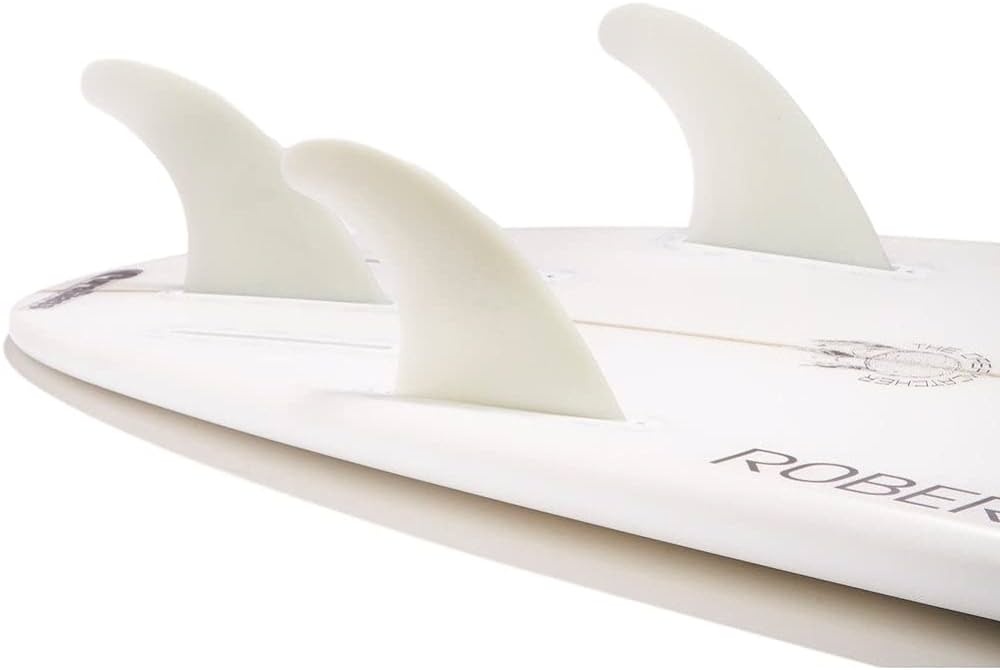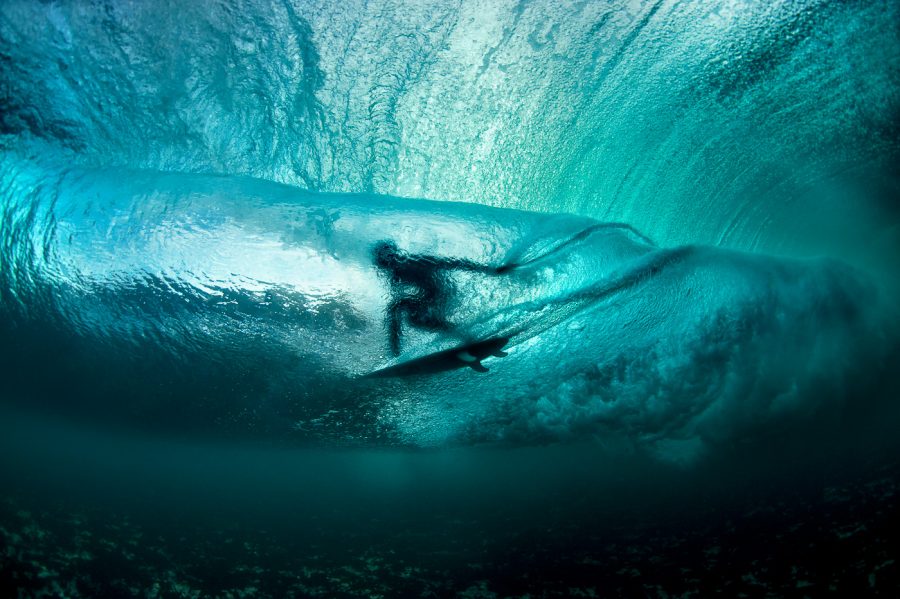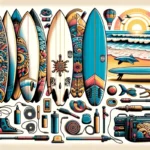Dernière mise à jour le 4 August 2024
Historique des Configurations d’Ailerons Thruster et Quad
Tri Fin saysthruster" invented in 1981 by Simon Anderson, shaper revolutionized the world of surfing. By adding a third center fin to a twin-fin surfboard, Anderson not only changed board design, but also transformed high-performance surfing.
Visit Quad, quant à lui, a été popularisé par Kelly Slater. Mais l’histoire commence bien avant, avec Glen Winton, surnommé « Mr X », originaire d’Australie. Sa victoire à Pipeline en 1989 avec une planche Quad n’a pas immédiatement bouleversé l’industrie, mais a marqué un tournant. En 1992, Tom Curren a choisi un Quad, renforçant l’intérêt pour ce type de planche. Cette époque a été marquée par une résistance au changement, avec une préférence pour les thrusters, malgré des victoires en quad.
L’Impact des Ailerons sur la Performance du Surf
Ailerons contribute to 40% board performance. Their arrangement and type have a significant impact on manoeuvrability. For tight turns and rapid changes of direction, the thruster is the preferred choice, followed by the twin or quad.
Si vous recherchez un style de surf plus classique avec des turns amples, ces deux derniers types d’ailerons sont également favorables.

When it comes to speed, fins play a crucial role. Twin and quad fins allow a lot of water to pass through the center of the board, generating more speed.
Fins that minimize resistance, such as the Twin fingenerally increase speed.
Pour les vagues puissantes, des ailerons thruster plus petits sont souvent mieux adaptés. Cela peut sembler contre-intuitif, mais des ailerons plus grands ralentissent la planche en augmentant la surface de contact avec l’eau. Dans les vagues plus petites et ludiques, les ailerons de type Twin fin ou quad brillent selon les manœuvres que vous prévoyez de faire.
Les Bases des Configurations d’Ailerons
Dans l’univers du surf, plusieurs configurations d’ailerons existent : Single Fins, Twin Fins, Tri Fins and Quad Fin. Each has its own particularities and influences your wave experience differently.
- Single Fin : Visit single fin is ideal for longboards. Il vous permet de réaliser des carves amples et simples. Cette configuration favorise une meilleure vitesse grâce à une moindre résistance dans l’eau. Mais gare aux virages trop brusques, le single fin exige une certaine douceur dans les manœuvres.
- Twin Fin : Visit twin fin, c’est la surprise et l’audace dans les turns. Attention lors du bottom turn, l’accroche est moins bonne qu’avec un thruster. Avec un twin, on surfe en douceur, en suivant la courbe sans forcer. Ce type d’ailerons est parfait pour des manœuvres audacieuses comme des tailslides. C’est une de mes configurations favorites pour sa vitesse et sa radicalité dans certains turns.
- Thruster: Visit thruster est l’option la plus populaire, grâce à sa polyvalence. Avec trois excesses, il offre un excellent équilibre entre vitesse, courbes et contrôle. C’est le choix idéal pour ceux qui cherchent une expérience de surf complète.
- Quad : Visit quad, c’est la configuration pour la vitesse et l’accroche. Excellente pour les vagues puissantes mais aussi pour les vagues molles. Avec un quad, vous pouvez atteindre des vitesses élevées et, si vous maîtrisez bien, réaliser des manœuvres radicales impressionnantes.
- Bonzer 5 drifts : Visit Bonzer 5 drifts est un cas à part. Il offre beaucoup de vitesse, mais peut présenter des difficultés d’accroche dans les turns. Bien que ce soit une configuration intéressante, elle n’a pas réellement prouvé sa supériorité face aux autres options.
Focus on Thruster

Visit thruster, c’est l’équilibre parfait entre vitesse et radicalité. Il nécessite des vagues de bonne qualité, car la dérive centrale peut légèrement ralentir la planche.
Sur une bonne vague, cette caractéristique permet d’avoir un meilleur contrôle. Le fine sorting is ideal for quality wave days and works well in both small and large waves.
The Quad Fin: a dynamic alternative
Quad presentation in different wave conditions
There are two types of quad bikes. Thruster-type quads have closer centerboards, offering a thruster-like feel, but with more speed and grip. However, manoeuvrability and radicalism are slightly reduced.

Quads with centreboards further away are closer to the Twin fin classic, offering greater speed and longer curves. Your choice will depend on whether you prefer a more modern or old-school style.

Quad benefits
Le quad offre plus de vitesse et d’adhérence, ce qui est excellent pour les grosses vagues puissantes. Les quatre dérives assurent une meilleure accroche et maximisent la vitesse. Dans les petites vagues faibles, le quad se révèle également efficace.
With a good bottom turn and a well-chosen attack zone, you can perform radical turns such as tailslides, sometimes with greater ease than with a classic thruster, since the centerboard is absent and the backboards are smaller.
Tri Fin vs Quad Fin
Strengths and limitations of each configuration
The comparison between the Quad and the Thruster reveals distinct advantages and disadvantages. The thruster offers better control and is suitable for a variety of waves, while the quad excels in speed and grip, especially in big waves or weak, choppy conditions.

The choice between Quad and a Thruster dépend également du style de surf souhaité et des conditions de vagues. Si vous cherchez de la vitesse et de l’accroche, optez pour un quad. Pour une expérience équilibrée avec un bon contrôle, le thruster est votre meilleur allié !
How to choose the right configuration for your board
L’importance de la compatibilité entre ailerons et planche est cruciale. Si vous avez une planche de type shortboard classic thruster is generally recommended, especially if wave conditions are ideal. For new evolutionary performance boards, with volume and channels, the quad can be a lot of fun, especially for boards with tails wide-ranging.
The latter, with their wider rear surface, can have a tendency to skid (rather like a skiboard). The quad helps reduce this effect. For medium-sized boards (6 to 7 feet), the quad can also offer better speed and grip, useful for looser turns.
Aileron Experimentation and Adaptation
Je vous conseille vivement d’expérimenter avec différentes configurations d’ailerons. Votre style personnel et votre niveau ont un impact majeur sur le choix des ailerons. Dans de petites conditions, j’ai personnellement eu de meilleures sessions en twin and in quad. However, the thruster peut rester un choix privilégié pour des conditions moyennes à bonnes. Le secret réside dans l’expérimentation.
La connaissance et la reconnaissance du rôle des ailerons dans votre performance de surf sont essentielles. Comprendre comment chaque type d’aileron influence votre style et vos capacités vous permet de mieux adapter votre équipement à vos besoins.
Je vous encourage à continuer d’explorer et d’innover dans votre pratique. Testez, testez et encore testez différentes configurations, adaptez votre matériel aux conditions et à votre style, et surtout, profitez de chaque vague comme d’une nouvelle aventure !





